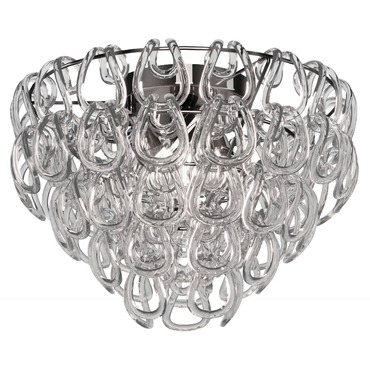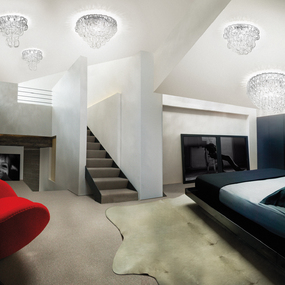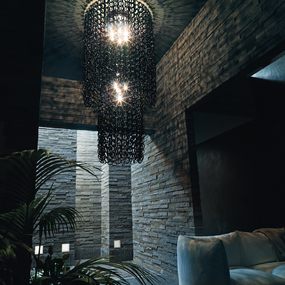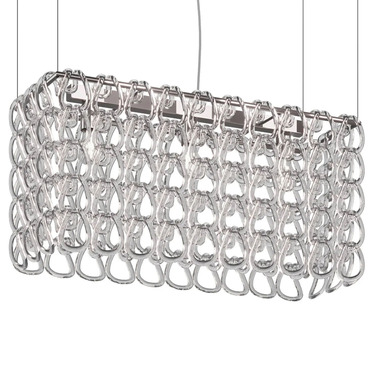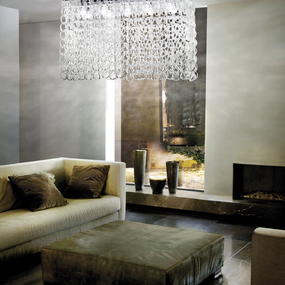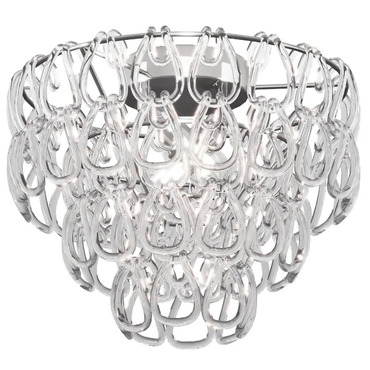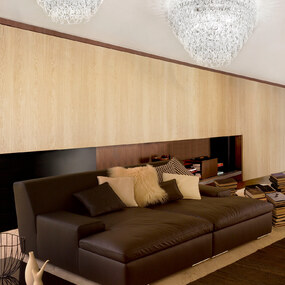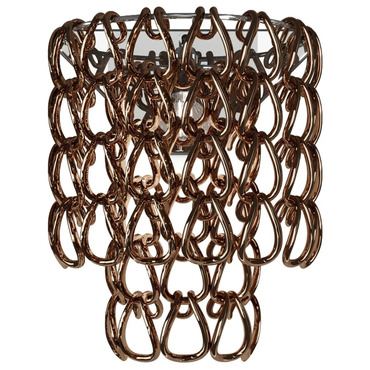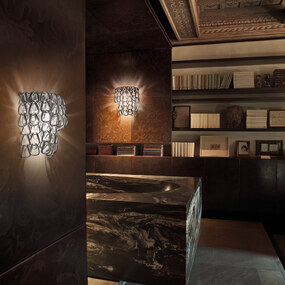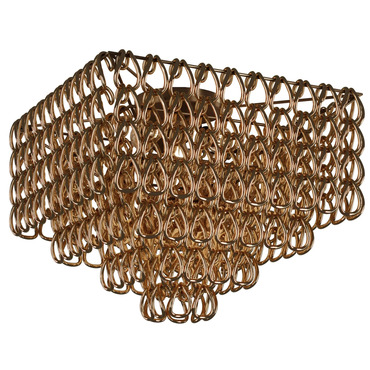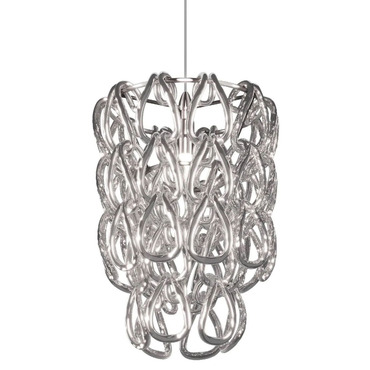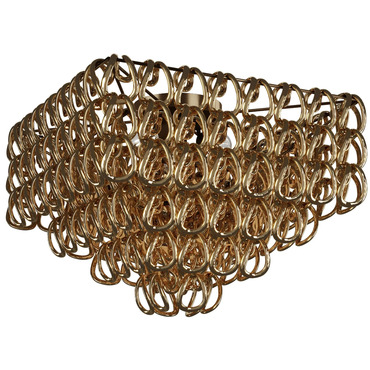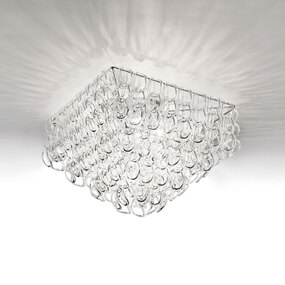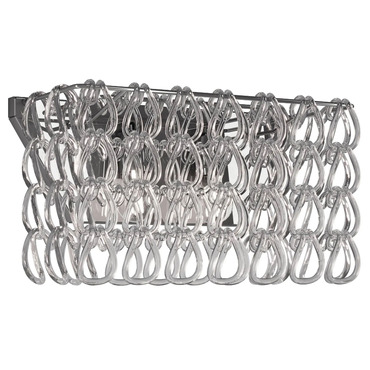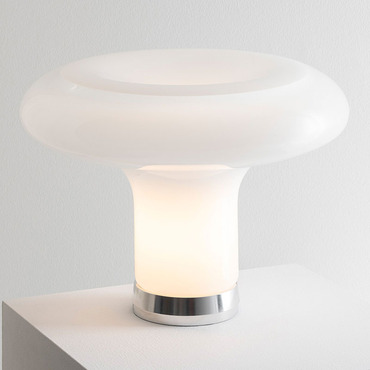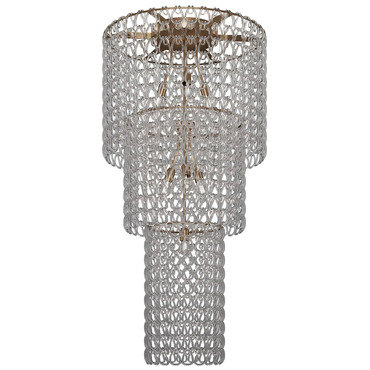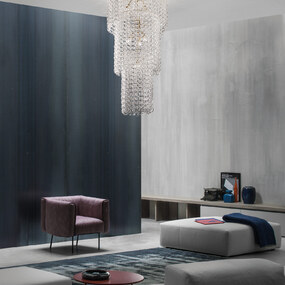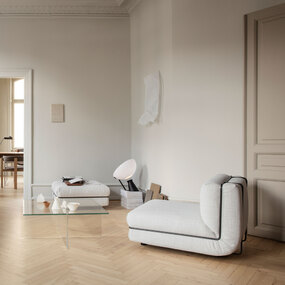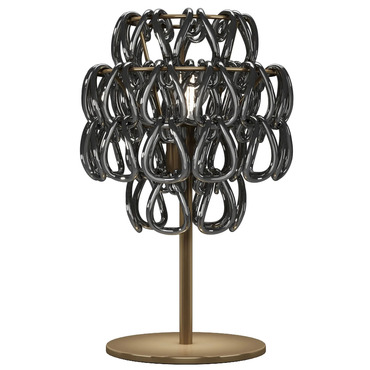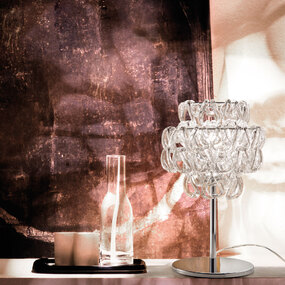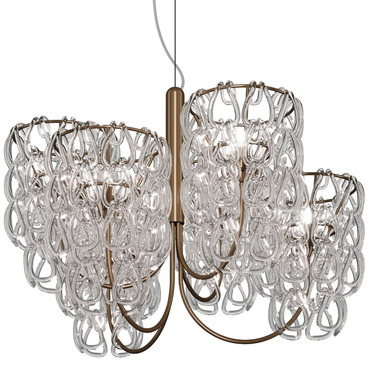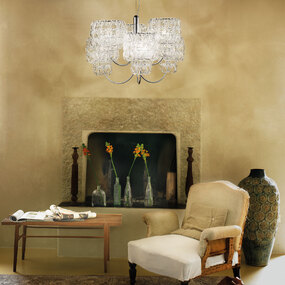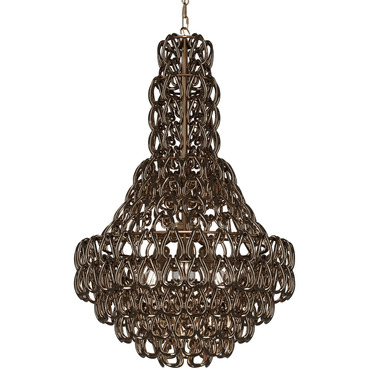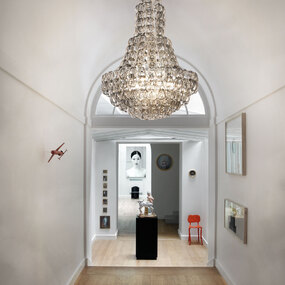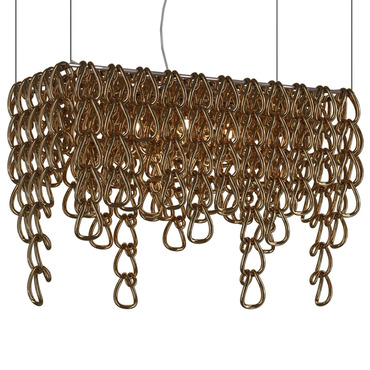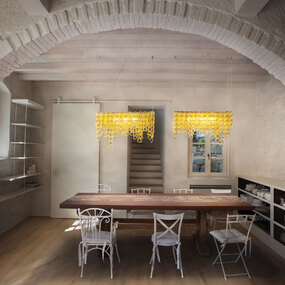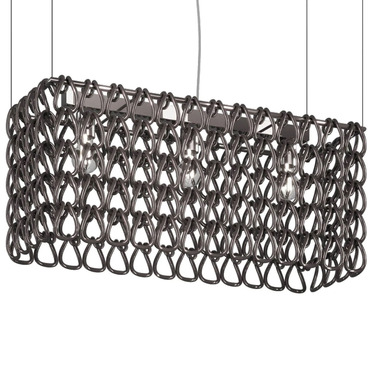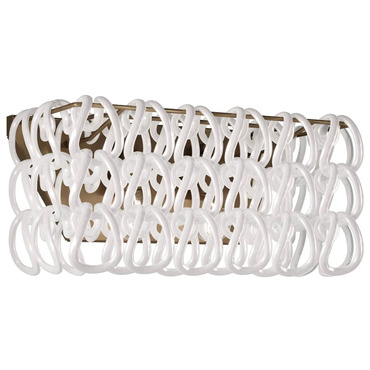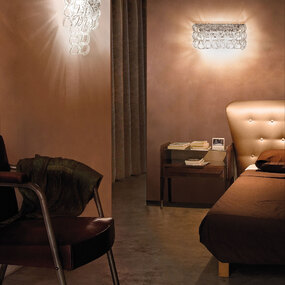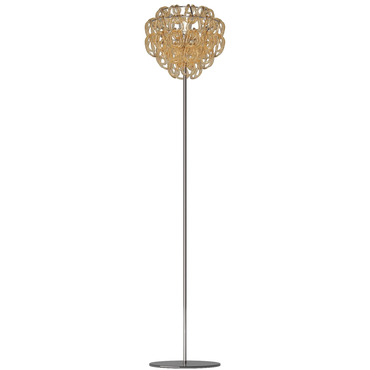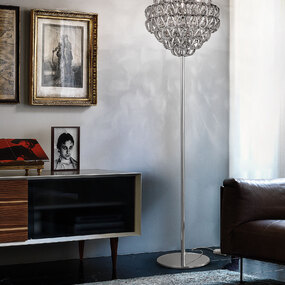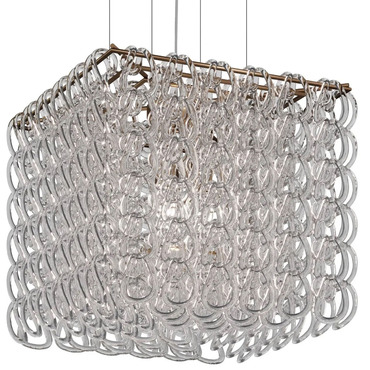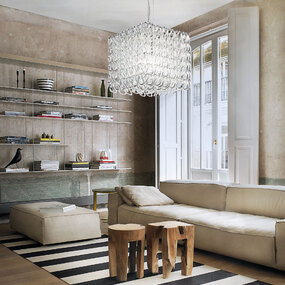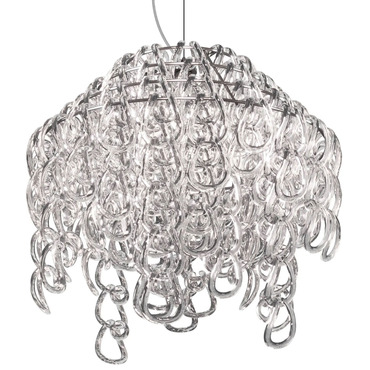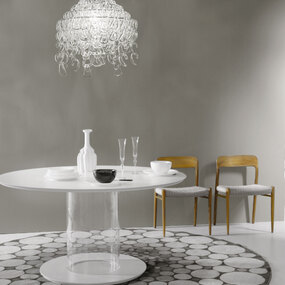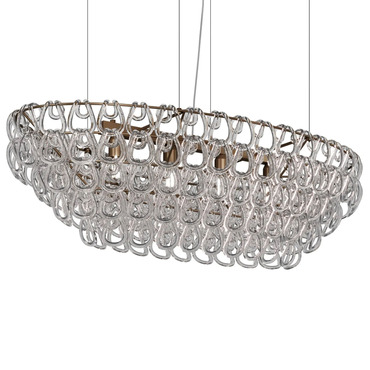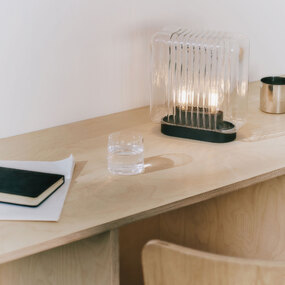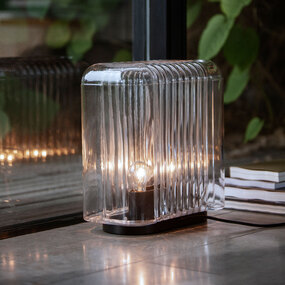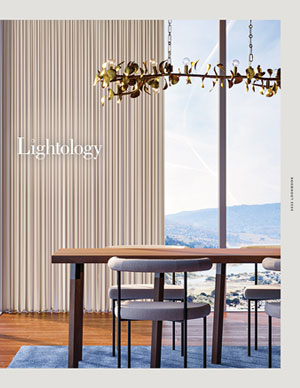Angelo Mangiarotti
The Italian architect and designer Angelo Mangiarotti was born in Milan in 1921. At Milan Polytechnic, Angelo Mangiarotti studied architecture from 1945 until 1948. In 1953-54 Angelo Mangiarotti was a visiting lecturer in design at the Illinois Institute of Technology in Chicago. In 1955, Angelo Mangiarotti returned to Milan, where he joined Bruno Morassutti in founding a practice.
Angelo Mangiarotti worked as a design consultant for various firms but was also active as an architect, urban planner, and industrial designer. In 1960, Angelo Mangiarotti opened a solo practice and "Section", a line in table clocks with plastic cases. In 1966-67, Angelo Mangiarotti designed "Lesbo" and "Saffo", lamps notable for organically shaped shades of handblown Murano glass.
For Vetreria Vistosi, Angelo Mangiarotti designed the "Giogali" lighting range in 1967, which feature interlinked bent glass loops forming a dense reticular tissue of transparent glass. This Angelo Mangiarotti design showcases the consummate craftsmanship of Murano glassblowers. In the late 1960s, Angelo Mangiarotti designed a curtain, also made of interlinked glass rings, that could be used as a room divider. For Knoll International, Angelo Mangiarotti designed several sculptural glass vases and marble bowls. As an architect, Angelo Mangiarotti is known for several buildings in the International Modern style, built with prefab elements of reinforced concrete.
He designed the Mater Misericordiae church in Milan in 1957 and built a housing unit for several families there in 1959-60. In 1963-64, Angelo Mangiarotti was a visiting professor at the Istituto Superiore di Disegno Industriale in Venice. He subsequently accepted other invitations to teach in Italy and abroad.






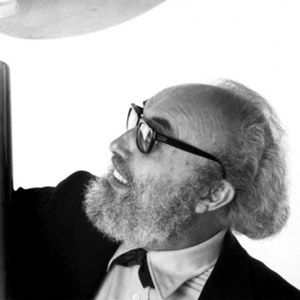
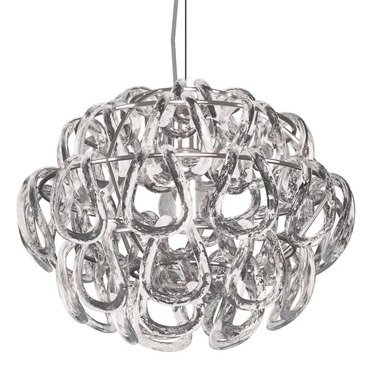
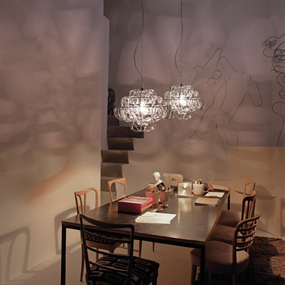









 …
…

